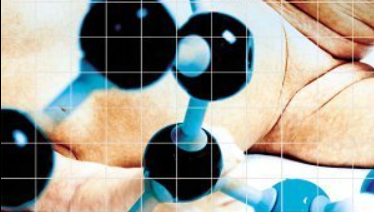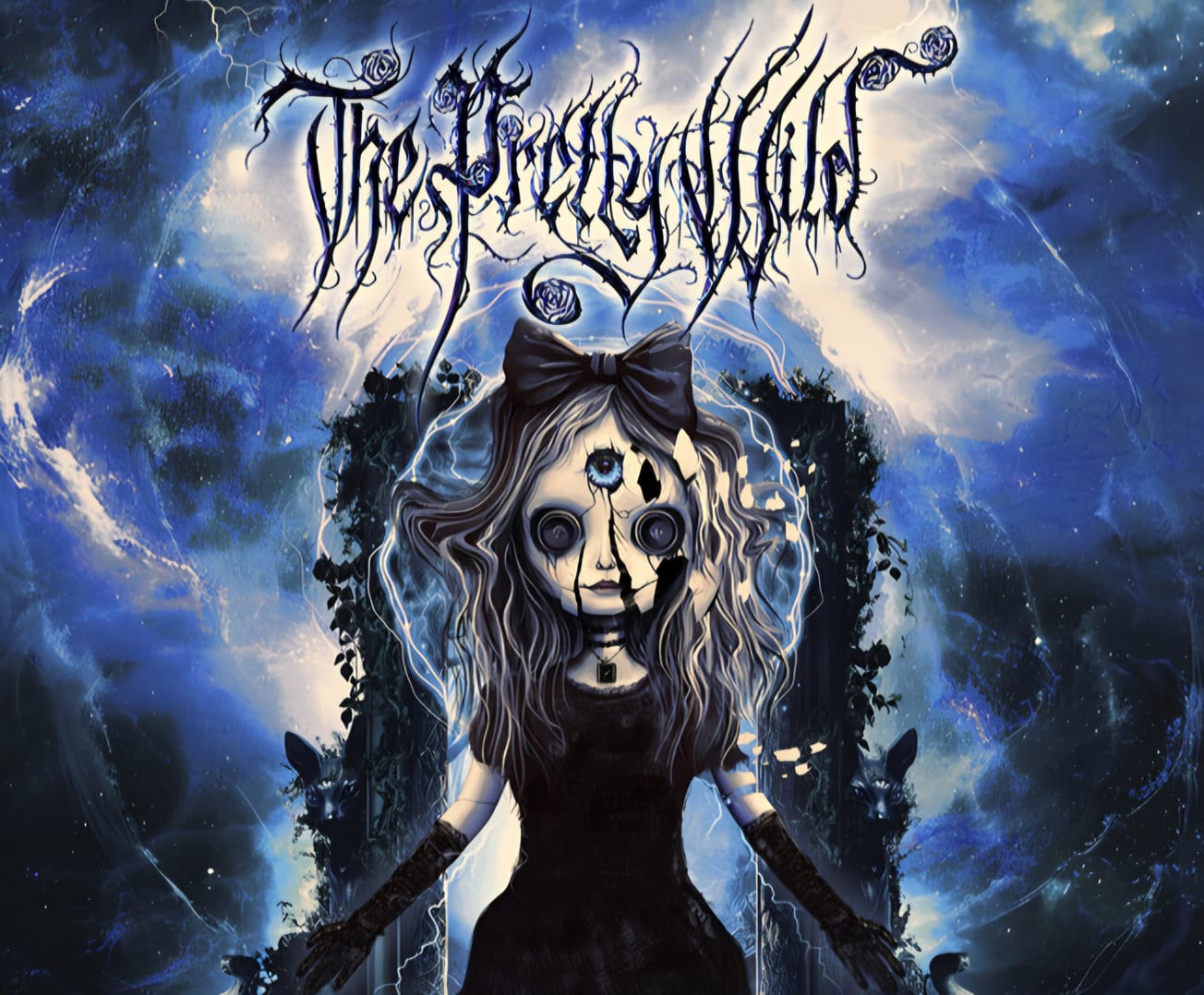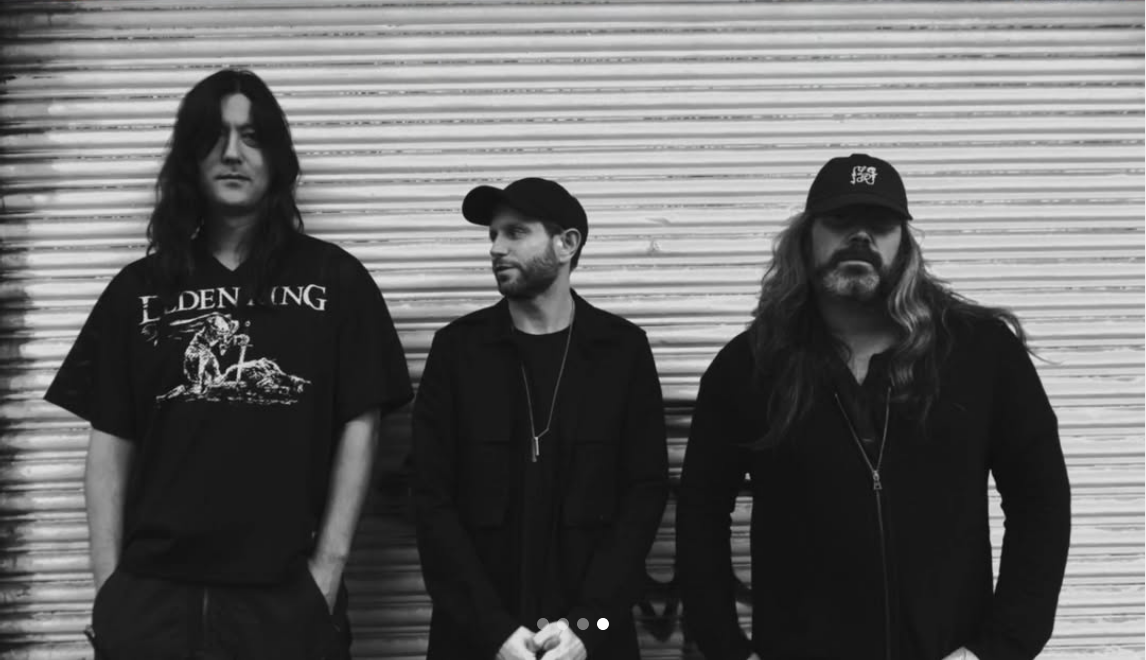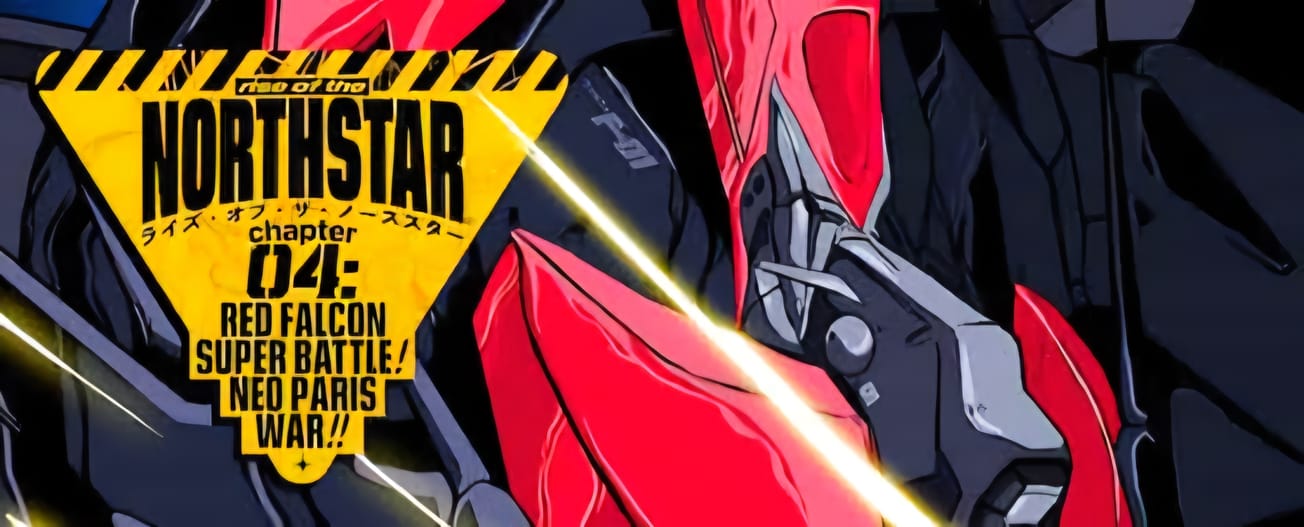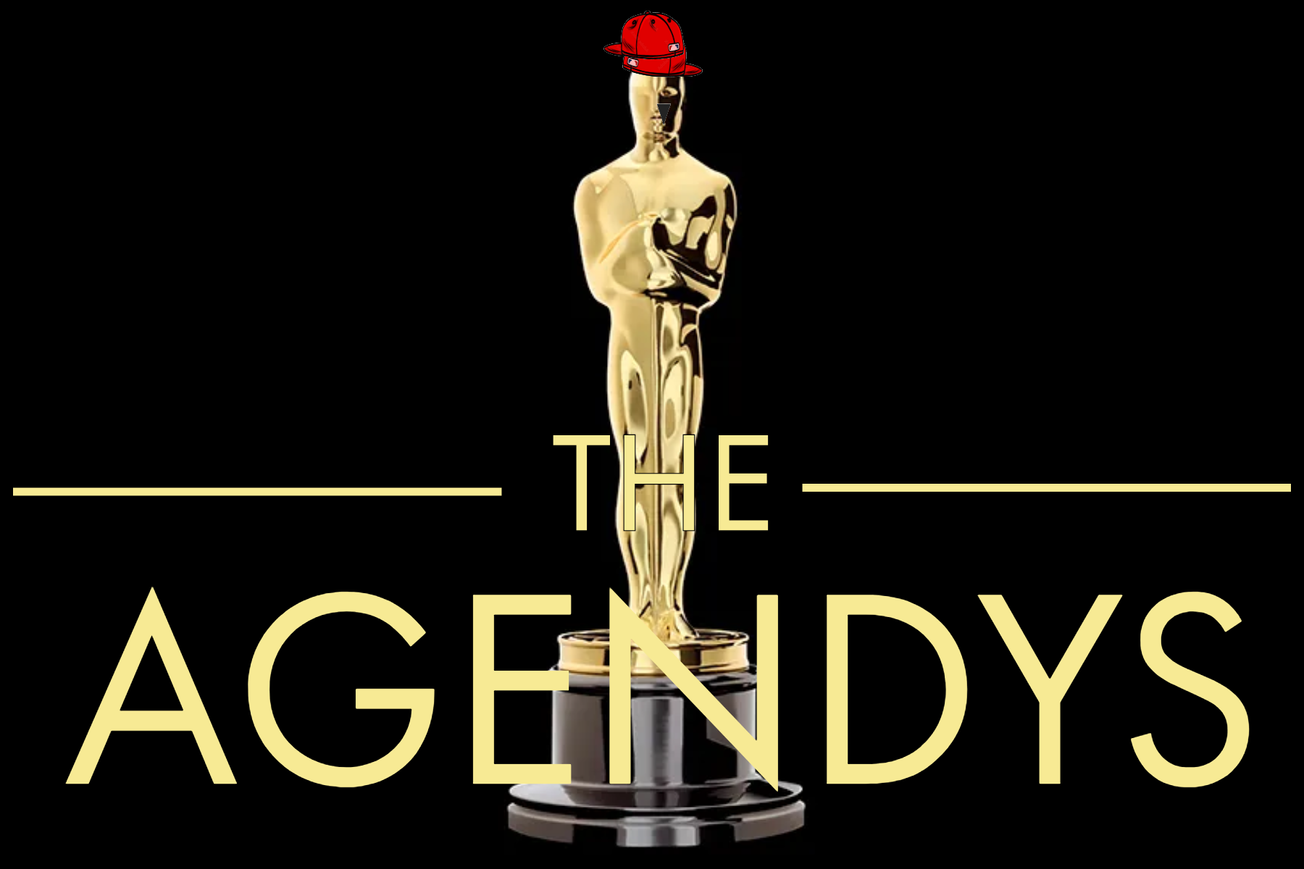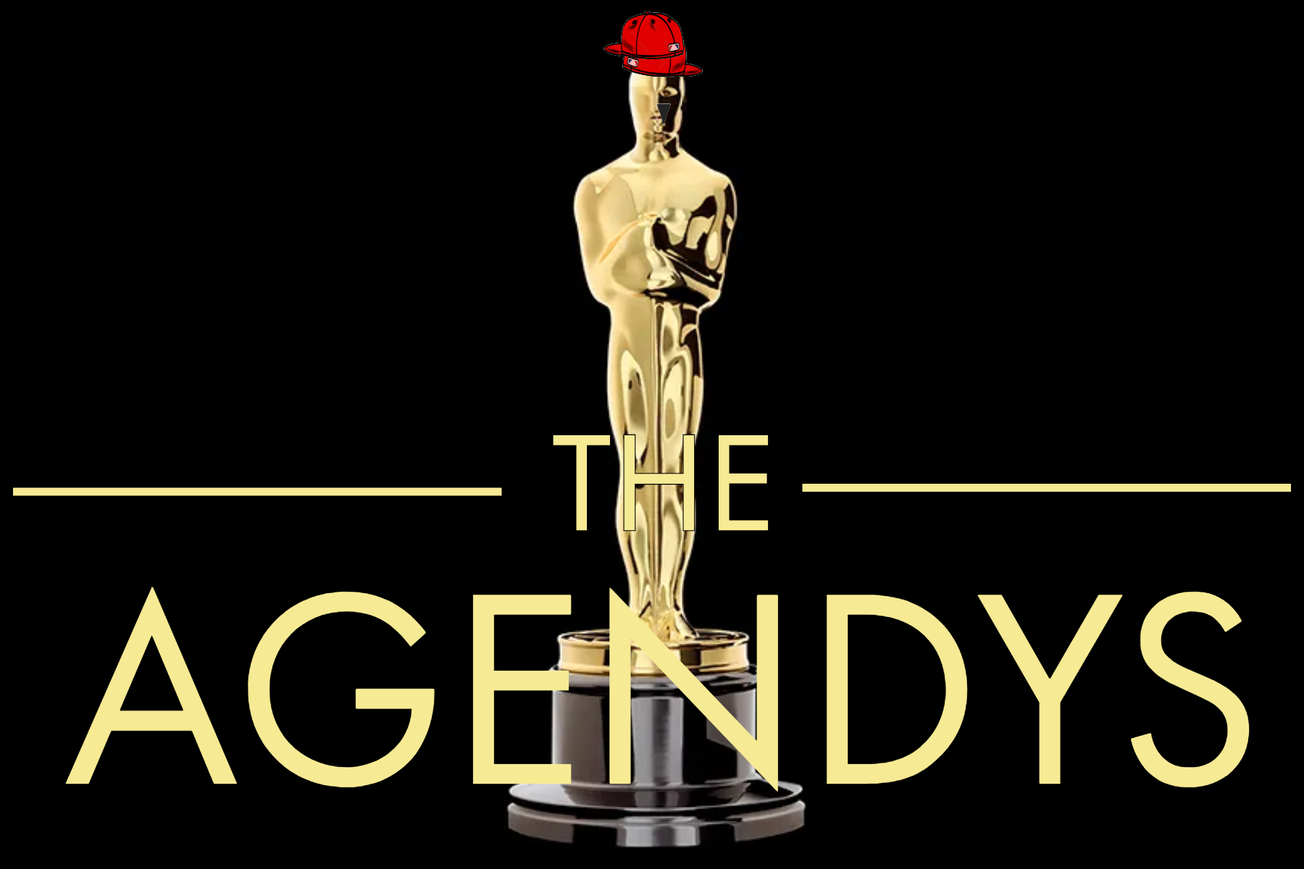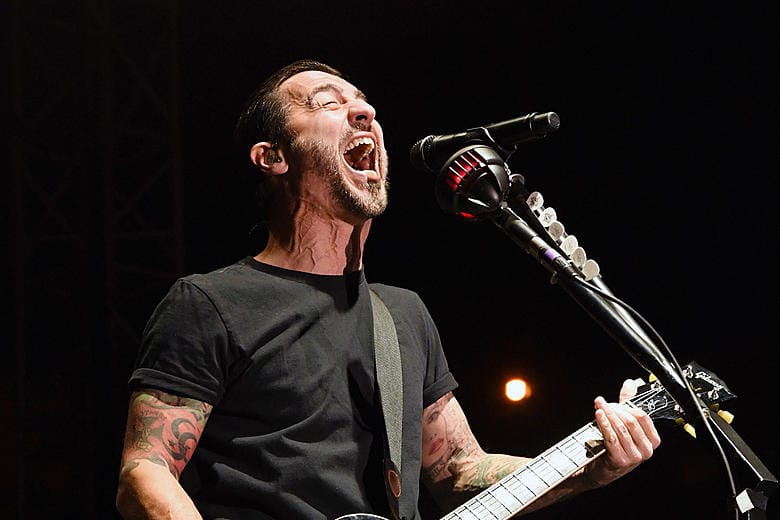"…they want to watch the great masters spar, but they have no interest in real combat, when the great masters struggle against that something, that something that terrifies us all, that something that cows us and spurs us on, amid blood and mortal wounds and stench.” - Roberto Bolaño, 2666
“...the way I think about grief is that it is the great tug-of-war, and sometimes the flag is on the side you don’t want it to be on. And sometimes, the game has exhausted all of its joy, and all that’s left is you on your knees. But, today, even though I am sad, my hands are still on the rope. I am making my best work when my hands are on the rope, even if I’m not pulling back.” – Hanif Willis-Abdurraqib, “Notes on Staying”
I wish I could remember my first spin through this album, but I don’t. For me those first listens are lost in a dissociative mess of late high school angst and overachievement, diving into academics to run away from something with no clear sense of what I was running towards. I have a clear memory of orbiting the school track for our much-hyped national fitness test, keeping pace with “Internal Primates Forever” into “Death Blooms” in the earbuds as I run The Mile™ for hopefully the last time in my life, far behind the pack of tryhard athletes but ahead of my friends who mostly just walked. I got into nu-metal in middle school as a way of articulating angst–body changes I didn’t really want, the pain of not really fitting in anywhere and not knowing how, the budding mental illness I’d spend most of my 20s trying and failing to unpack–but even back then I was gravitating toward music that understood those emotional spirals while gesturing beyond them. Running a circular track while keeping a door open towards a barely-understood Somewhere Else.
Prog rock was one of those ways out–this was right around when Tool dropped 10,000 Days, capping off a career of musical foundations rooted in grunge but exploring tangents and subverting expectations, processing pain as a way to heal and move beyond. As cathartic as it could be to fall back into nu metal’s “Get the fuck away from me / Stay the fuck away from me” cold-burning embrace, it was also a strange kind of relief to listen through Maynard James Keenan unpacking his relationship with his mother, processing his grief over her passing, and arriving at something closer to acceptance.
I wasn’t the kind of girl (or, more accurately at the time, the kind of scrawny and deeply-dissociated egg) who got on the L.D. 50 train off of “Dig.” I’d had The End of All Things to Come in rotation for a while and preferred the more measured, proggier side on that album, and figured most of L.D.50 was going to be the same kind of straightforward aggression I was honestly pretty close to burning out on. With the benefit of hindsight, I can laugh at myself a little bit for that one. It was stumbling across the video for “Death Blooms” that made me realize I was sleeping on something much deeper.
Twenty-five years after release, it’s almost hard to fathom how gracefully that song has aged. It dropped in August of 2000, two whole months before Hybrid Theory changed everything and everybody and their brother started trying to write Hybrid Theory singles. “Death Blooms” has the same kind of tight drop-tuned riffing and buildup to a genuinely massive chorus that bands are to this day trying to replicate. Vocalist Chad Gray cycles through everything in his toolkit, aggressive roars, staccato barks, all leading up to some of the most soaring vocal melodies on the album. And lyrically, he’s at the top of his game here. At first, you’re not really sure where it’s going, a rageful stream of consciousness full of rot and collapse and suicidal ideation that is very much at home in a nu-metal canon built around the early offerings of Korn and Slipknot. But it becomes clear pretty quickly that there’s levels to this–“Death Blooms” is a tribute to Gray’s grandmother, Betty Rae, who played a massive role in his upbringing and brought him to the rural Midwestern church choirs where he first learned how to sing. Also a way of processing his anger at the rest of the family for neglecting her as she grew older, the song evolves into an exercise in empathy, an attempt to understand how that sense of isolation feels as your body slowly falls apart around you. And then, the chorus hits:
I just want to run,
Fly kites, wrestle, jump and play,
Swim through waves that crash to shore.
Memories in me, cocooned in misery
The first time I heard this, I’m pretty sure I cried. Being asked to remember those moments when you’re younger, as close as you can get to carefree, genuinely at home in your body? That has a way of cutting through the defense mechanisms you’ve built up and snapping us back to shared humanity. And for the speaker in this song, these memories are tainted with the knowledge that she can’t access that feeling ever again. The approach of a slowly-blooming Death is eventually welcomed as a release from that creeping purgatory of disconnection. It’s emotionally heavy and complex in a way few lyricists can touch, and if you held a gun to my head and asked me to rank my top 10 nu metal songs, this one is always near the top of the list.
But, god, there’s a whole album here. I don’t remember my first full listens, but this is one of the only full-lengths from that era I can’t help but spin from start to finish every couple of months, returning to its dark, chaotic well as everything around me changes. And something in there gets deep in my skull and grabs me every time. Sometimes it’s the call-and-response at the middle of “Internal Primates Forever,” where Chad cathartically acts out drug withdrawal symptoms as the band snaps back and forth between tension-setting guitar work and madcap bass heroics from Ryan Martinie–more on those later–and a purely pentatonic bounce riff that makes you want to jump up and down no matter where you are or what you’re doing. Sometimes it’s the middle of “Prod,” which flirts with plodding stop-start aggression before blindsiding you completely with a beautifully-written and technically exciting interlude that any of this band’s prog contemporaries would have been proud to have written. And sometimes it’s the chorus to “Severed,” a breathtaking moment where everyone pours themselves fully into their instruments, Ryan dancing over his fretboard and finding the perfect melodic lines to tie it all together, drummer Matthew McDonough banging the shit out of his kit, guitarist Greg Tribbett barking lyrics while Chad’s voice legitimately soars overhead.
If you haven’t checked this one out before, and none of the above has convinced you, here’s another angle: if you’ve ever picked up a bass, or have ever been curious about picking up a bass, you need to hear Ryan Martinie in his element. Somewhere between the percussive slap bass chaos of Les Claypool and the warbling melodies and harmonics of Intronaut’s Joe Lester sits Ryan, who always seems to know exactly what to do to elevate what the rest of the band is doing. He can pull out more traditional slap bass antics, and does, on “Dig,” the second verse of “Death Blooms,” and elsewhere, but those usually don’t last long before we get an evocative melody, or a chord progression that pops and buzzes just enough to tickle the brain in ways it’s not used to being tickled. On “Nothing to Gein,” a character study of infamous murderer and necrophiliac Ed Gein that’s quite appropriately the most self-consciously bleak moment on the record, Martinie’s basslines both reflect the killer’s emotional turmoil and–let me stress, very uncomfortably–the recognizable, twisted joy of a man gleefully puttering around in his adopted element. Then there’s the bridge to “Severed,” where the rest of the band cuts out and Ryan takes center stage, laying down a deeply melodic, legato tapping solo that begins a slow buildup to the legitimately massive final chorus. The man is good.
L.D.50 is also notable because of the way Ryan’s basslines stand out in the mix compared to future releases, and it took a lot of studio magic to make it happen. Producer GGGarth Richardson and mixing engineer Andy Wallace had a hell of a time getting a recorded sound Martinie was happy with, eventually striking gold on Day 4 when they pointed an AKG C451 mic at the bass strings directly, making sure they were catching every buzz and pop. In an interview with Sound on Sound magazine, Richardson recalls that “during the mixing session, I kept telling Andy Wallace to turn up the string mic – and Andy, being a bass player, had a huge smile on his face, which doesn’t often happen.”
Which brings me to what, is, for me personally, probably the most compelling aspect of this album. I can’t sugarcoat that so much of this album is a deeply bleak listen, but there is so much joy bubbling under the surface too. As brutal as Chad’s vocals can get, he repeatedly draws on the clean tones he honed as a small-town choir boy without a shred of irony. The band is one of the tightest in the game, stopping and starting on a dime and navigating some occasionally mind-boggling time signature shifts like it’s nothing. And there’s Ryan Martinie’s basslines dancing around it all, playing bass like he’s never going to get to play bass again and just reveling in the experience for all it’s worth, coming out of left field strong enough to fill Andy Wallace with childlike glee.
And look, honestly, without that sense of joy, this album does not work. These guys are working through their share of demons–addiction, grief, disconnection, Chad's fraught relationship with his mother, fear of the ever-nagging and terrifying aspects of the human condition most of us prefer to avoid. You don’t put a five and a half-minute character study of Ed Freaking Gein on your prog metal album if you’re well-adjusted. There’s an artistic ethos here that’s emblematic of metal as a genre, finding echoes in novels like Roberto Bolaño’s sprawling 2666, which spends literally hundreds and hundreds of pages bombarding you with gruesome descriptions of femicides on the US-Mexico border–the impulse to take the stuff that scares us the most, pisses us off, the stuff we constantly try and fail to understand and change, and then drag the horror out into the open. Look, we say. Please, for once, just look.
There aren’t any easy answers on this album. Thematically it’s bleak, it’s messy, and nothing truly resolves during its sprawling hour and eight minutes of runtime. But these guys know how to lock in with each other and pull stuff off most musicians would write off as impossible. They know how to get a pit going and a crowd jumping. For all the darkness here, we also have four guys trying to live through it as best they can, circling the track and thinking about how to grow beyond it, running at full speed, because they still can, injecting the music with just enough light touches to keep the whole thing from collapsing under its own weight.
I’ve spilled plenty of ink and pixels about this record at this point, which also seems to recognize that for all its staring into the abyss, life goes on. I’m going to go feed our cat so he stops bugging my partner who’s trying to catch a nap before work, grab some early dinner, and then sing along way too loudly at a Cheem show later tonight before I dive back into the food service trenches first thing Monday morning.
I’ll be back here soon, though, like clockwork, looking for something. Somehow, I always seem to find it.
Mudvayne will be touring to celebrate 25 years of L.D. 50, joined by Static-X and Vended. Those dates are as follows:
9/11 Dubuque, IA - Q Casino / Back Waters Stage
9/13 Waukee, IA - Vibrant Music Hall
9/14 Chicago, IL - Byline Bank Aragon Ballroom
9/17 Youngstown, OH - The Covelli Centre
9/20 Chesterfield, MO - The Factory
9/21 Omaha, NE - Steelhouse Omaha
9/23 Denver, CO - Fillmore Auditorium
9/24 Albuquerque, NM - Revel Entertainment Center
9/26 Las Vegas, NV - The Pearl
9/27 Phoenix, AZ - Arizona Financial Theatre
9/28 Los Angeles, CA - Hollywood Palladium
9/30 Portland, OR - Theater of the Clouds
10/1 Airway Heights, WA - Northern Quest Amphitheater
10/7 Salt Lake City, UT - The Union Event Center
10/11 Dallas, TX - South Side Ballroom
10/12 San Antonio, TX - Boeing Center at Tech Port
10/13 Houston, TX - Bayou Music Center
10/18 Nashville, TN - Nashville Municipal Auditorium
10/19 Atlanta, GA - Coca-Cola Roxy
10/21 Raleigh, NC - The Red Hat Amphitheater
10/22 Virginia Beach, VA - The Dome
10/24 Montclair, NJ - The Wellmont Theater
10/25 Boston, MA - MGM Music Hall at Fenway
10/26 Uncasville, CT - Mohegan Sun Arena

Nu Metal Agenda may earn an affiliate commission via purchases on ticket links through this article.


